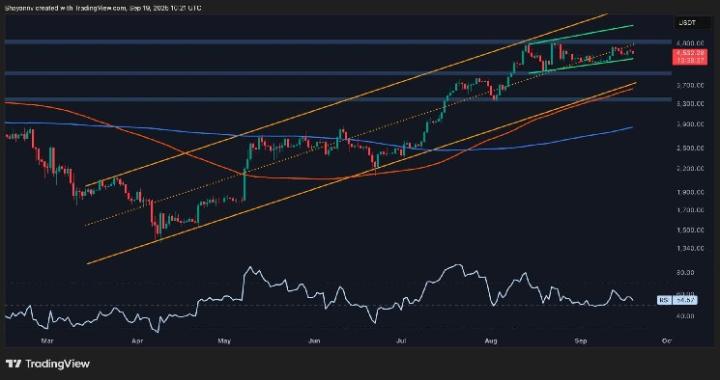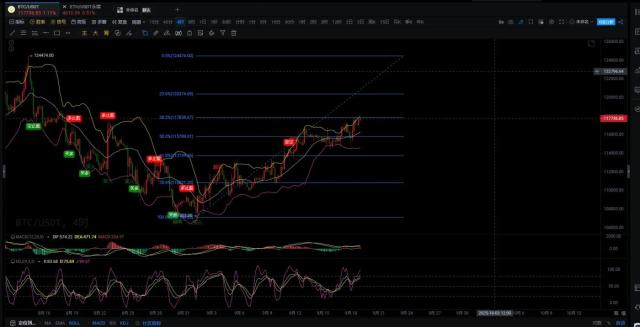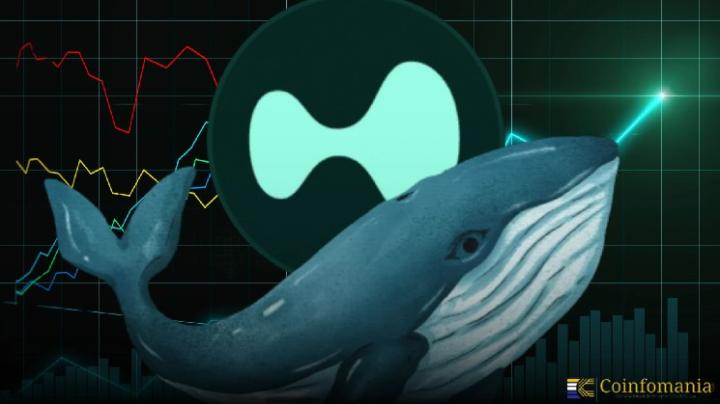Even close couples get bored sometimes. Bitcoin, which once gave retail investors a dopamine rush, may now be becoming "boring." Strategy Executive Director Michael Saylor bluntly stated that the convergence of volatility is the price Wall Street whale pay for entering the market, and it also symbolizes that BTC, as an asset, has entered a new threshold into the mature financial system.
With the Federal Reserve's interest rate cuts and the influx of funds into spot ETFs, although Bitcoin has lost the volatility of "tens of percent" fluctuations in a day, the underlying capital flow and scale are bringing the crypto market into a stable landscape.
Volatility declines, retail investors exit?
Michael Saylor pointed out in an interview on the 17th that the decline in Bitcoin's volatility has removed the biggest psychological barrier for institutional investors and has also transformed Bitcoin from a "speculative gamble" to an "asset allocation option."
The data supports this statement: Bitcoin has been trading sideways since hitting a high of $124,100 on August 14, and has only fallen back to $115,760 as of September 20; however, it has still risen by 81.25% in the past 12 months, and the upward trend has been slowly advancing.
Research shows that Bitcoin's quarterly volatility will shrink to a range of 32.9% to 35% in the third quarter of 2025, comparable to that of gold or the S&P 500. This has reduced the excitement for retail investors hoping for a "doubling rally," and has also led some short-term traders to become bearish on the market and withdraw from Bitcoin.
ETF funds drive market institutionalization
The convergence of volatility is driven by a massive influx of long-term capital. According to data, by mid-2025, assets under management for spot Bitcoin ETFs exceeded $219 billion. According to BitcoinTreasuries.NET, listed companies hold approximately $11.791 billion worth of Bitcoin, indicating that companies and funds are adopting a "buy, don't sell" strategy, which in turn reduces the circulating supply and increases Bitcoin's price resilience.
The increase in market share also makes macroeconomic policies the main driving factor. After the Federal Reserve cut interest rates on September 17, the market did not experience the sharp rise or sell-off that is common in the past. Instead, it digested the news with a moderate trend, reflecting that institutional funds prioritize predictability over sentiment.
The ideal of decentralization collides with the reality of centralized currency holdings
Improved stability doesn't come without a price. Research indicates that by 2025, institutions will account for 86% of crypto allocations, while exchanges will experience a net outflow of 16%, indicating a continued increase in the concentration of holdings. While this concentration of circulating supply toward institutions can reduce short-term disorder risks, it also raises concerns about centralization and liquidity depletion.
Stricter regulations are also brewing, meaning that listed companies and ETF issuers heavily invested in Bitcoin will face more detailed compliance scrutiny. These variables are likely to amplify price shocks at specific times.
However, a consensus is emerging: Bitcoin is gradually transforming from a high-risk speculative asset to a "reliable digital store of value" recognized by institutions. Michael Saylor even sees 2025 to 2035 as the next phase of "growth," emphasizing:
Many different business models and products will emerge, and mistakes and fortunes will be made.
On this trajectory, Bitcoin may no longer be a sprint, but a marathon. "Boring" doesn't mean it's stalled, but rather a necessary transition for Bitcoin to become a mature financial asset. For decentralists, this ideal has been realized in some form.








